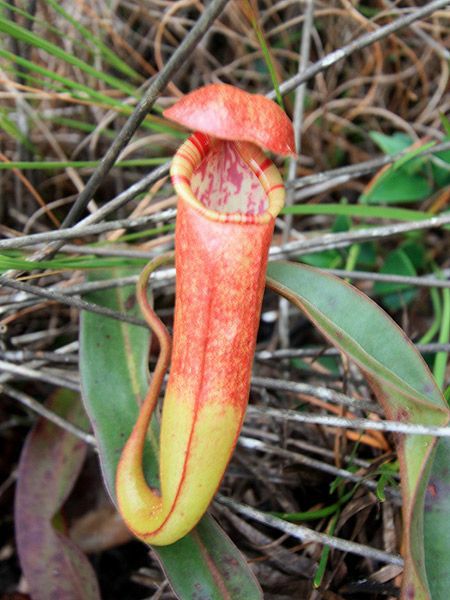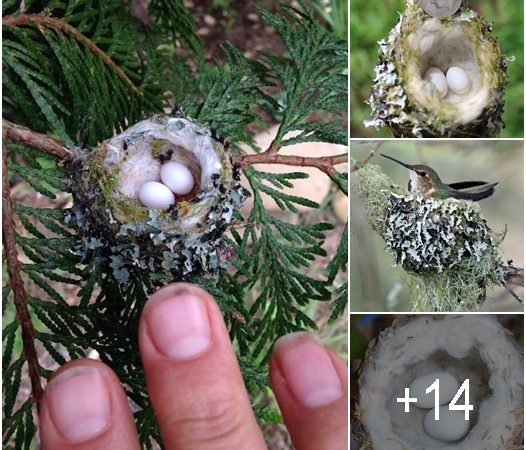Disclosing the secrets of the recently found carnivorous plant.
Nepenthes holdenii, a carnivorous plant species recently discovered on the island of Mindanao in the Philippines, has garnered significant attention from both the scientific community and the public. In 2021, a group of botanists led by Martin Cheek described the plant, which stands out for its unique appearance and unusual method of capturing prey.
Belonging to the family Nepenthaceae, which includes other carnivorous plants like Venus flytraps and pitcher plants, Nepenthes holdenii distinguishes itself as a climber capable of growing up to 10 meters in length, with leaves that can reach up to 50 centimeters long. The plant produces large and intricate pitchers, measuring up to 30 centimeters in length, which serve to capture insects and other small animals.
The pitchers of Nepenthes holdenii are particularly notable for their twisted and coiled horn-like shape. This adaptation is believed to help the plant capture prey in areas with high wind speeds, as the design funnels insects towards the opening of the pitcher. Additionally, the pitchers are lined with small downward-facing hairs that make it difficult for prey to escape once they have entered.
The discovery of Nepenthes holdenii is significant not only for its unique appearance and method of capturing prey but also because it contributes to our growing knowledge of the biodiversity in the Philippines. The country is known for its high levels of plant and animal diversity, yet many species remain undiscovered or poorly understood. By describing and cataloging new species like Nepenthes holdenii, scientists can better comprehend and protect the natural world.
Apart from its scientific importance, Nepenthes holdenii also holds appeal for plant enthusiasts and collectors due to its striking appearance and rarity. However, it is crucial to note that the collection of wild plants, especially rare or endangered species, can have negative impacts on their populations and ecosystems. Instead, plant enthusiasts are encouraged to seek out cultivated specimens and support responsible conservation efforts.
In conclusion, Nepenthes holdenii is a fascinating new carnivorous plant species that has captured the attention of scientists and plant enthusiasts alike. Its unique appearance and method of capturing prey make it a valuable addition to the biodiversity of the Philippines, emphasizing the importance of continued research and conservation efforts in the region.
Hits: 39











